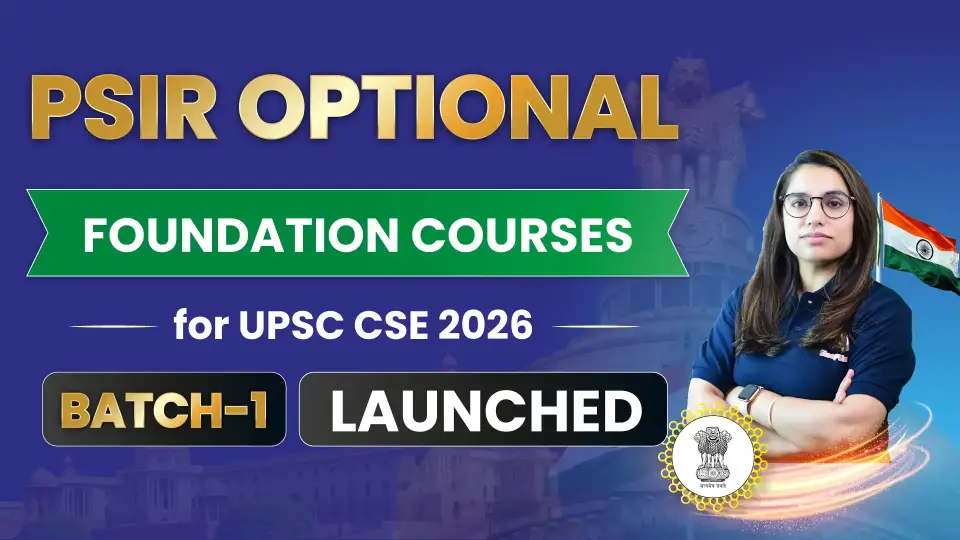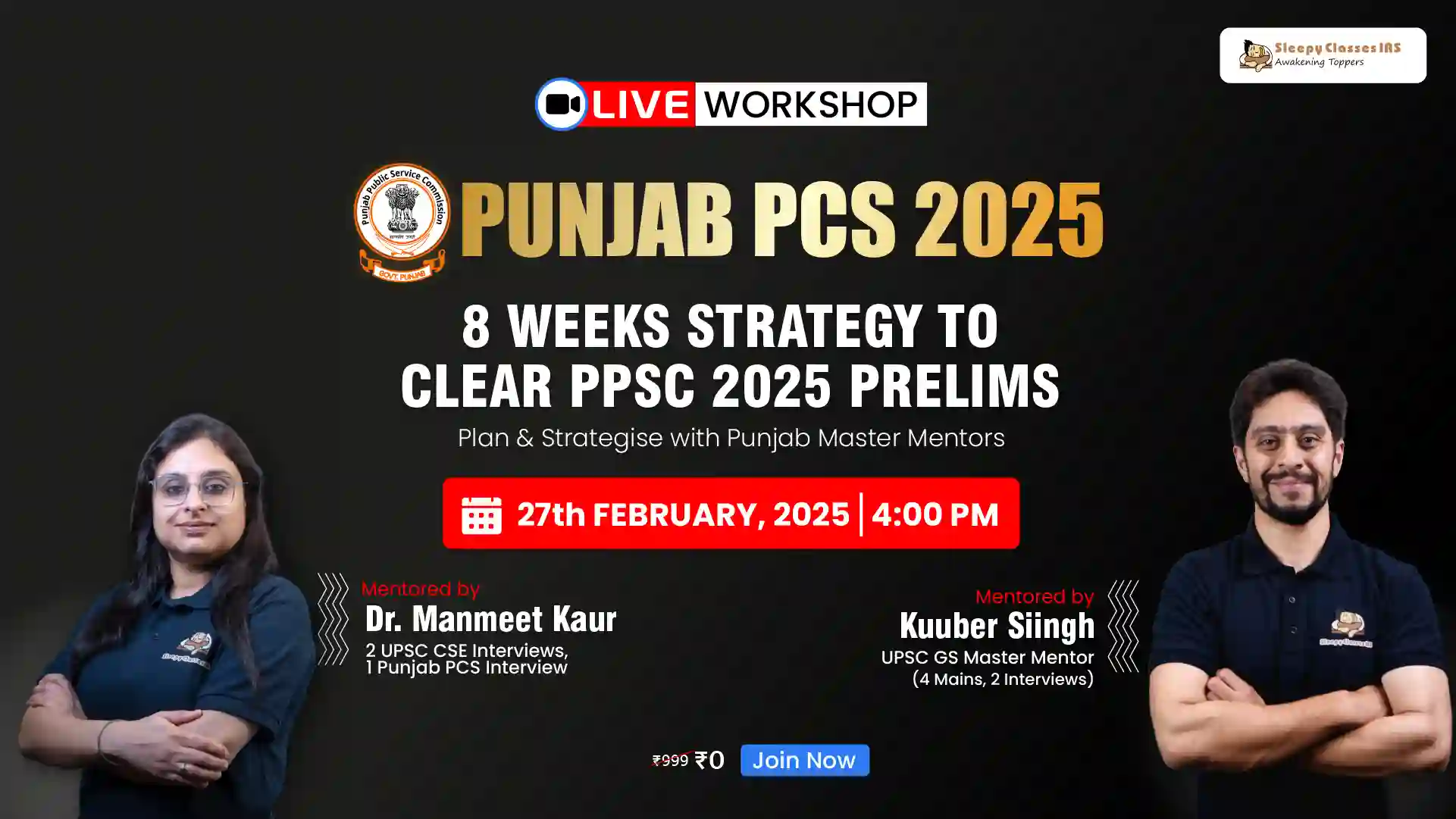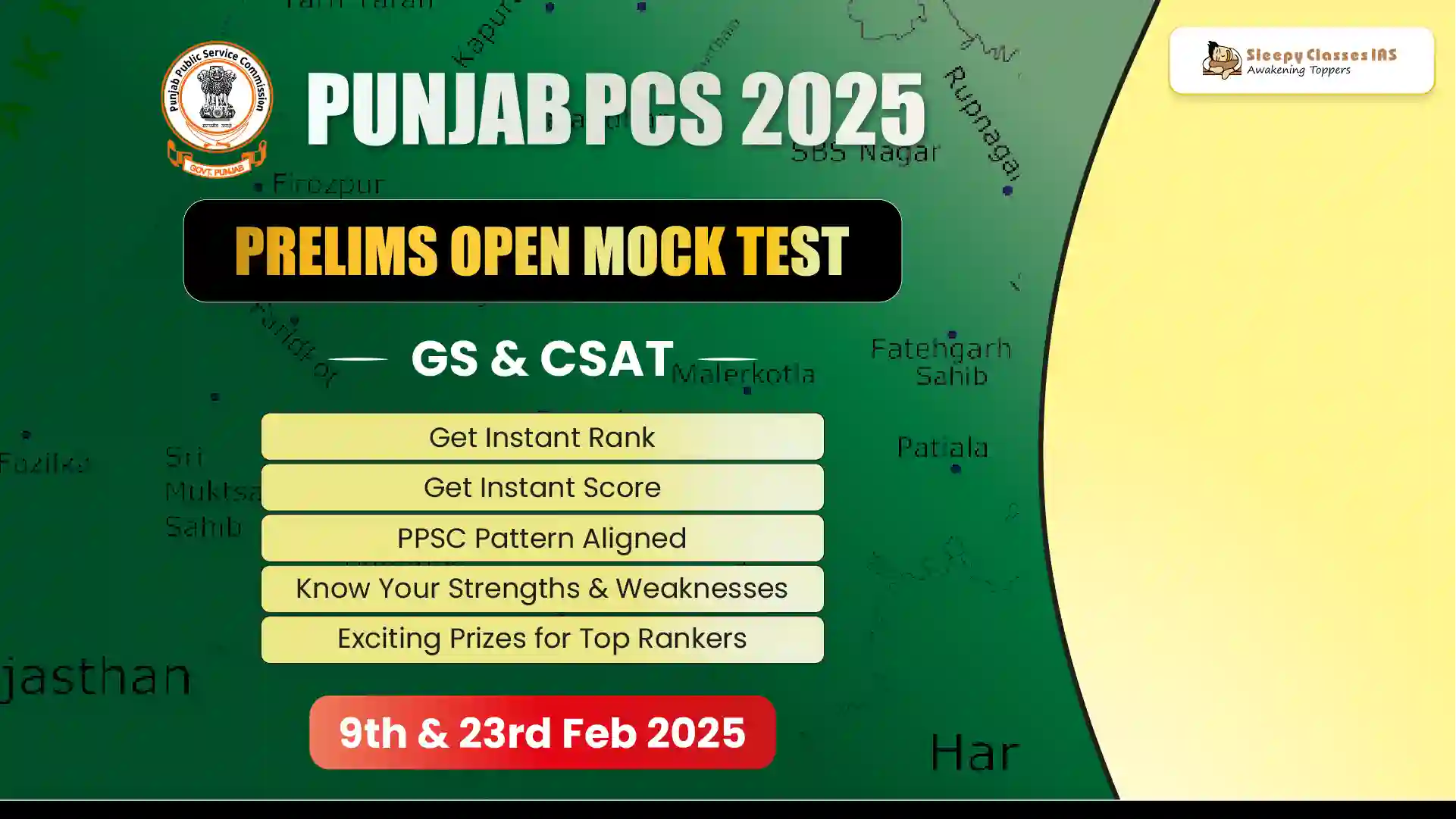Mains GS 3 Economy Analysis And Sources
Section A
Q1. Explain the difference between computing methodology of India’s Gross Domestic Product (GDP) before the year 2015 and after the year 2015. (Answer in 150 words)
Q2. Distinguish between Capital Budget and Revenue Budget. Explain the components of both these Budgets. (Answer in 150 words)
Q3. How did land reforms in some parts of the country help to improve the socio-economic conditions of marginal and small farmers ? (Answer in 150 words)
Q4. How and to what extent would micro-irrigation help in solving India’s water crisis ? (Answer in 150 words)
Q5. How is S-400 air defence system technically superior to any other system presently available in the world? (Answer in 150 words)
Q6. Explain the purpose of the Green Grid Initiative launched at World Leaders Summit of the COP26 UN Climate Change Conference in Glasgow in November, 2021. When was this idea first floated in the International Solar Alliance (ISA) ? (Answer in 150 words)
Q7. Describe the key points of the revised Global Air Quality Guidelines (AQGs) recently released by the World Health Organisation (WHO). How are these different from its last update in 2005? What changes in India’s National Clean Air Programme are required to achieve these revised standards ? (Answer in 150 words)
Q8. Discuss about the vulnerability of India to earthquake related hazards. Give examples including the salient features of major disasters caused by earthquakes in different parts of India during the last three decades. (Answer in 150 words)
Q9. Discuss how emerging technologies and globalisation contribute to money laundering. Elaborate measures to tackle the problem of money laundering both at national and international levels. (Answer in 150 words)
Q10 . Keeping in view India’s internal security, analyse the impact of cross-border cyber attacks. Also discuss defensive measures against these sophisticated attacks. (Answer in 150 words)





